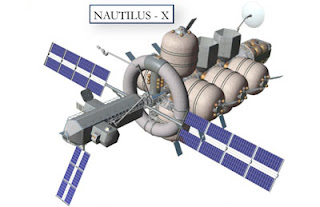NASA FTDP, find out what it means to me
In 18 months time it is almost a law of nature that computer power will double. The same (with a smaller number of months) is true for DNA sequencing, and many other technologies follow exponential development curves. Why?
To many of us it seems like magic, but there's a lot of work that goes into achieving these modern miracles. In 18 months time a new chip manufacturing technology will be available because years ago engineers started working on it. Other engineers are now working on the technology which will be used 18 months later. Some future technology which isn't even envisioned yet will build on the work of these technologies that have come before. When we peg dates to them, this is a Technology Roadmap.
So, when some people talk about the NASA robotic exploration program being a success because it only develops technology as necessary to complete a mission, it ignores the primary driving factor of robotic capabilities: that law of computer power doubling every 18 months.
The NASA Flagship Technology Demonstration Program is an attempt to bring a modern technological development process to space technology. By identifying key enabling technologies, breaking them up in demonstrable milestones, and pegging dates to those milestones, a Technology Roadmap can be bootstrapped. The only missing piece is competition. Hopefully, NASA will structure the FTDP to encourage the greatest amount of competition from its contractors, including buying off-the-shelf components for flight demonstrations thus stimulating the private sector to adopt the Technology Roadmap to guide their own research and development and provide a framework for entrepreneurs to make a business case for "startups" in space technology.
With a healthy technology development industry to back it up, the consolidated Space Technology Roadmap makes planning missions with low risk a lot easier. Rather than absorbing technology development costs (as mission managers despise) and taking on all that risk, the missions can be structured around technologies that will be ready when the mission has passed design review. The robotic exploration program has become used to this kind of thinking for the reasons already described, the human exploration program can too.


Comments
Post a Comment